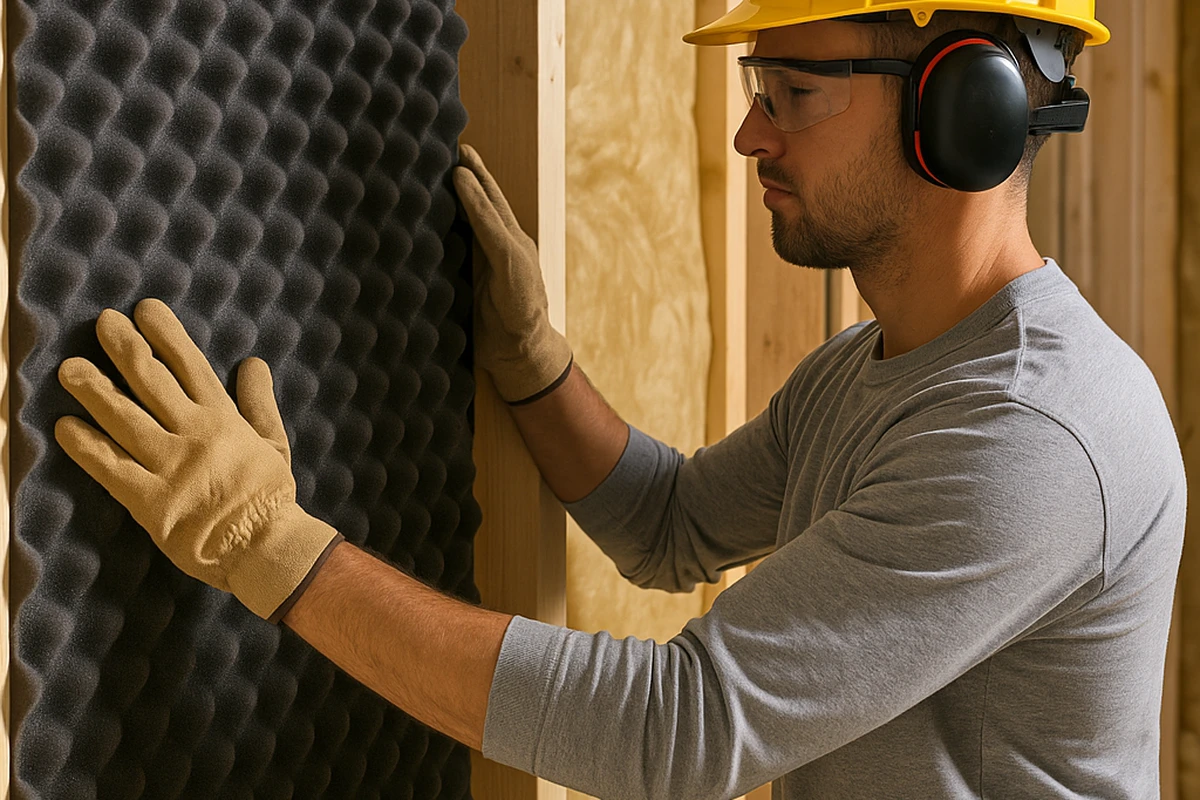Fi-Foil's TBB System
Request A Quote
Book Phone Consultation
Fi-Foil's Thermal Barrier Blanket system represents a revolutionary approach to attic insulation that addresses the primary cause of summer cooling costs—radiant heat transfer. Traditional insulation slows conductive heat movement but does little to combat the intense radiant heat that your roof absorbs from the sun. On hot summer days, attic temperatures can soar to 150 degrees or higher, overwhelming your air conditioning system and driving energy bills upward. The TBB system uses advanced reflective technology to block up to 97% of radiant heat before it enters your living space, keeping your home dramatically cooler while reducing the burden on your HVAC system.
How the Technology Works
The Fi-Foil TBB system combines multiple technologies into one comprehensive solution. At its core are layers of highly reflective aluminum foil that bounce radiant heat back toward its source rather than allowing it to pass through. Sandwiched between these reflective layers are materials that provide both insulation value and structural integrity. The system creates an air gap between the reflective surface and other building materials, which is critical for radiant barrier effectiveness. This air space allows the reflected heat to dissipate harmlessly rather than conducting into adjacent materials. The result is a dramatic reduction in heat transfer that traditional insulation alone cannot achieve, particularly in combating the radiant energy that accounts for the majority of summer heat gain.
Installation and Performance
We install the TBB system in attics where it delivers maximum cooling benefits. The material can be draped over existing insulation to add radiant blocking capability without removing what's already there. For new construction or major renovations, we install it as part of a complete insulation strategy that combines mass insulation with radiant protection. Proper installation requires maintaining the critical air gap and ensuring the reflective surfaces face the heat source. When correctly installed, the system can reduce attic temperatures by 30-50 degrees compared to conventional insulation alone. This temperature reduction translates directly into lower air conditioning costs, improved comfort, and extended HVAC equipment life.
Ideal Climate and Applications
The TBB system delivers the greatest benefits in hot climates with significant cooling loads and in homes with air conditioning ducts running through attic spaces. If your home has rooms that stay uncomfortably warm despite adequate air conditioning, or if your cooling bills spike dramatically during summer months, radiant barrier technology offers a solution. The system excels in situations where the roof receives direct sun exposure for extended periods. Homes with cathedral ceilings or bonus rooms directly beneath the roof benefit tremendously. Metal roofs, which conduct and radiate tremendous heat, become significantly more manageable with TBB installation. The technology also protects ductwork from the extreme attic temperatures that cause efficiency losses and strain HVAC systems.
Long-Term Benefits and Savings
Investing in the Fi-Foil TBB system delivers returns that compound over time. Cooling costs typically decrease by 15-25% in summer months when properly installed and combined with adequate mass insulation. Your air conditioning system runs less frequently and more efficiently, extending its operational life and reducing maintenance needs. Indoor comfort improves dramatically with more even temperatures throughout your home and elimination of hot spots under the roof. The system never loses effectiveness—reflective materials don't degrade, settle, or require replacement like traditional insulation can. These durable, permanent improvements enhance property value while reducing environmental impact through lower energy consumption. For homeowners in hot climates seeking maximum cooling efficiency, the TBB system represents the cutting edge of thermal protection technology.